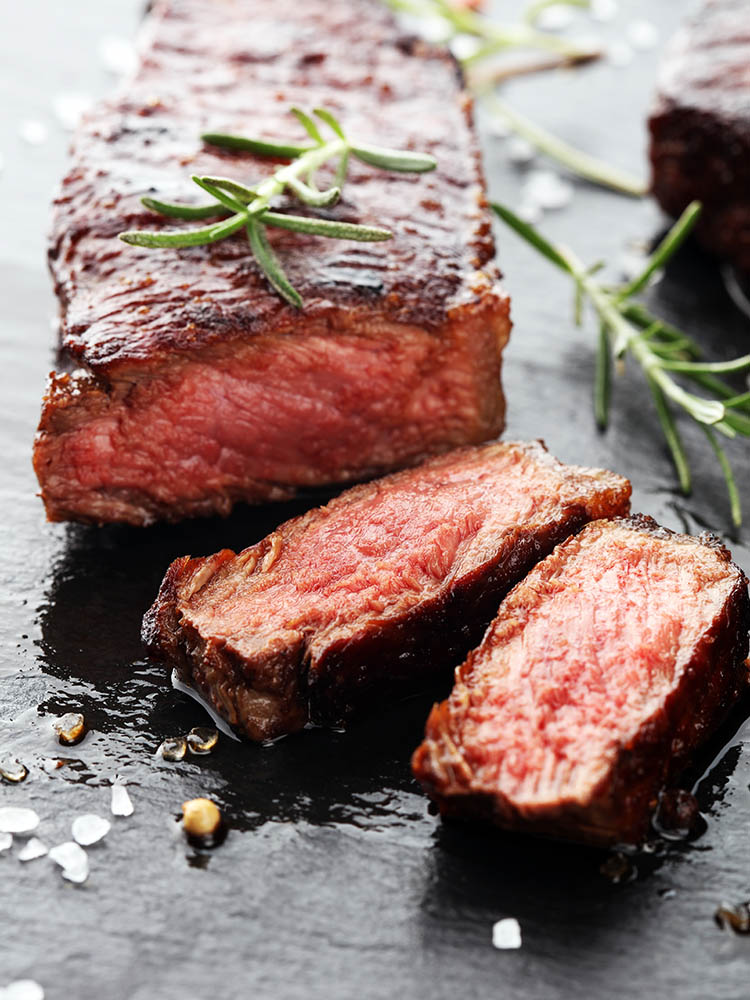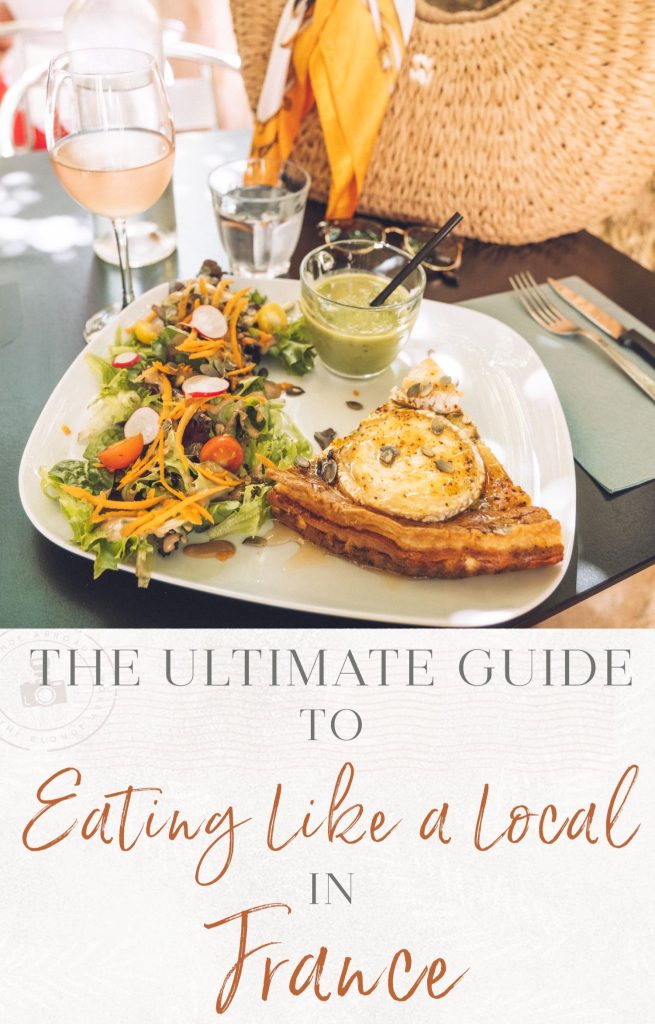
Breaking bread is a universal means of forging connections, transcending cultural boundaries. Nowhere is this truer than in France, where dining is elevated to an art form. For someone like me, eager to explore my French heritage and deepen my connection with the country, savoring its cuisine seemed like the perfect way to achieve this.
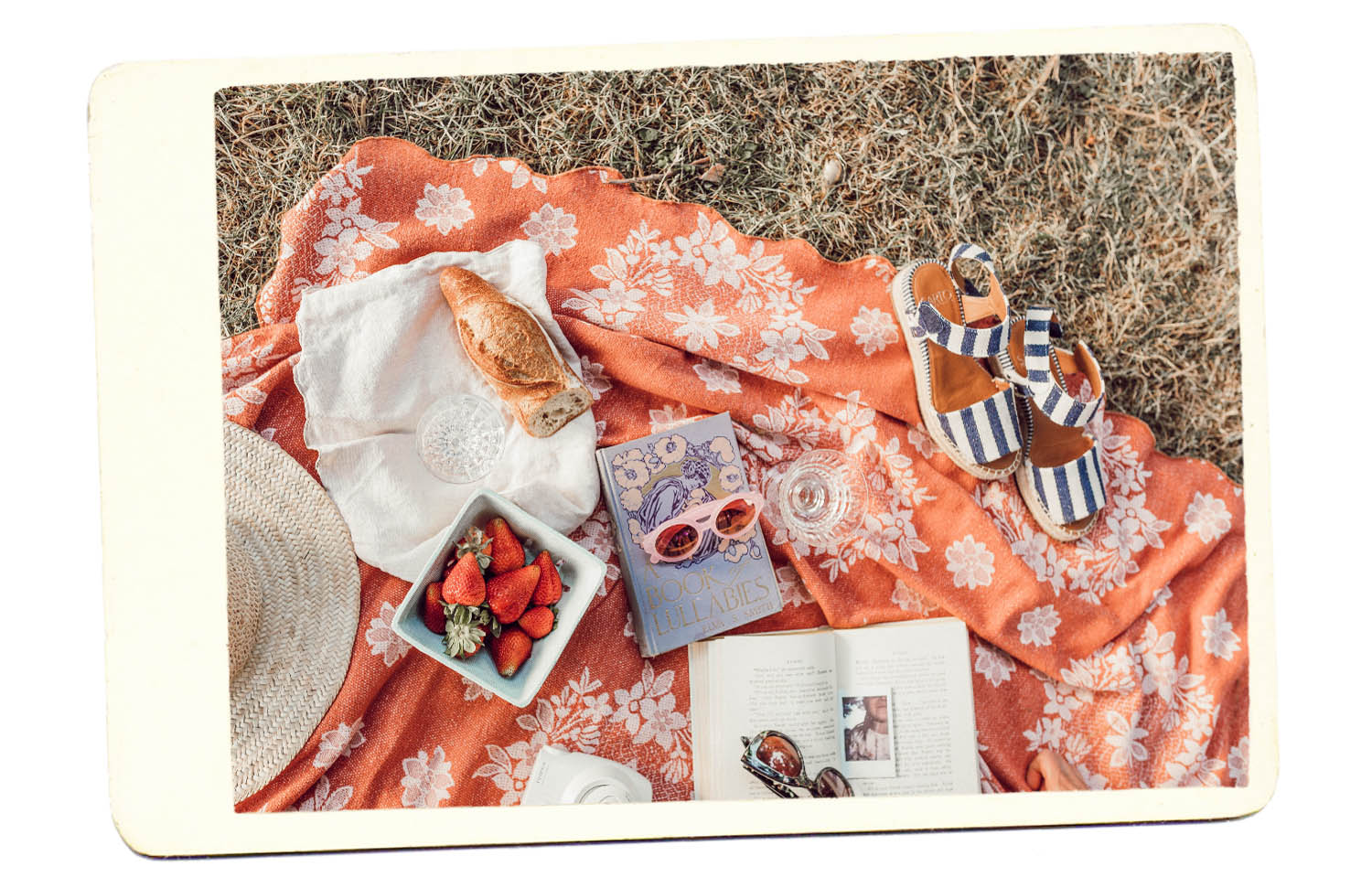
When it comes to immersing yourself in the local dining culture of France, there are some essential insights to consider before embarking on your journey. In this guide, I’ll unveil the secrets to enjoying an authentic French culinary experience, enabling you to truly appreciate the culture and enhance your stay. Bon appétit!

Understanding French Mealtimes
Breakfast: A typical French breakfast consists of pastries, such as pain au chocolat or croissants, accompanied by a milky café au lait. Unlike international coffee chains, local cafes offer a basic coffee menu – coffee, milk, sugar. Coffee at the bar is cheaper than enjoying it at a table, thanks to a sidewalk tax for coveted outdoor seating.
Lunch: Parisians are known for their leisurely, long lunches, often extending beyond two hours. Even a simple baguette sandwich can be savored over 45 minutes. Meals in France are a social affair, with locals rarely seen rushing through the streets with fast food. The French philosophy values working to live rather than living to work, allowing for extended lunch breaks and sometimes even working late.


Dinner: Evening meals in France are usually two courses or more. Despite their substantial nature, snacking is not common among adults, although children may indulge. Bread often accompanies dinner, not as an appetizer, but for soaking up sauces and cleaning the plate. While France boasts delectable desserts, cheese is a popular post-meal treat.
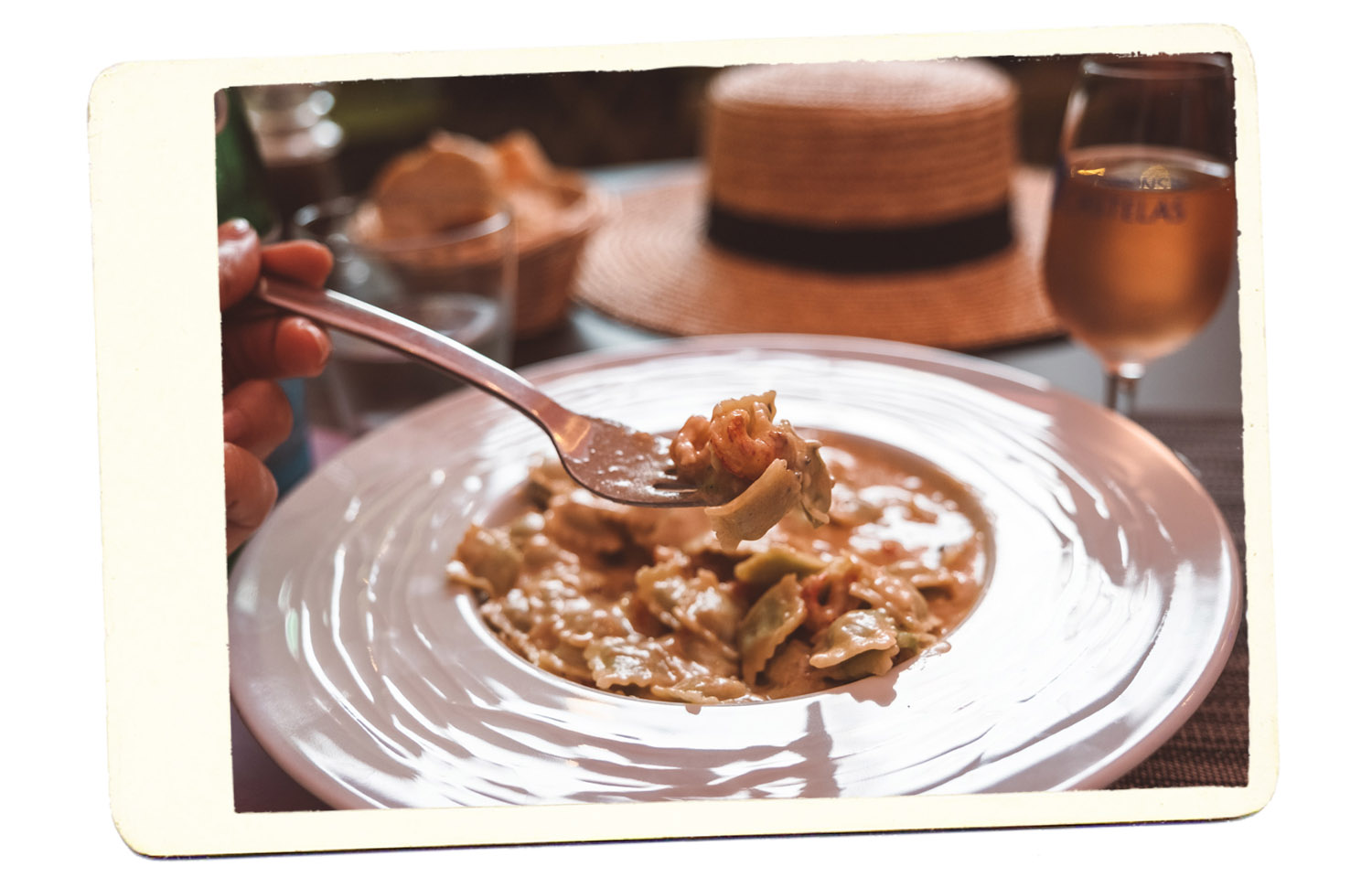

Mealtime Schedule
Breakfast in France is a quick affair, often limited to pastries and coffee. While sidewalk cafes may see people enjoying croissants and coffee, extensive breakfasts are not the norm. Brunch is gaining popularity but is not widespread.
Restaurants in France typically don’t offer continuous service throughout the day. Lunch service usually spans from 12 to 2:30 pm, followed by a break until dinner service, which typically starts at 7 pm and lasts until 11 pm.
Snacking between meal times is common, with patisseries and boulangeries serving as convenient options. Note that while both words translate to “bakery,” patisseries specialize in pastries, while boulangeries focus on bread.



Etiquette and Dining Norms
Reservations: While reservations are recommended, it’s often possible to secure a table without much wait. Book ahead if you’re eager to dine at a specific restaurant, especially on weekends.
Utensils: French diners use the fork in their left hand and the knife in their right. Food is piled onto the back of the fork using the knife.
Tipping and the Bill: Tipping is not expected in French restaurants, as staff receive full wages. However, leaving a small additional amount for excellent service is appreciated but not obligatory. You will need to request the bill, as it won’t be brought to you automatically. Often, restaurants bring a card machine to your table for payment, so carrying some cash is advisable if you don’t have a chip-and-PIN card.
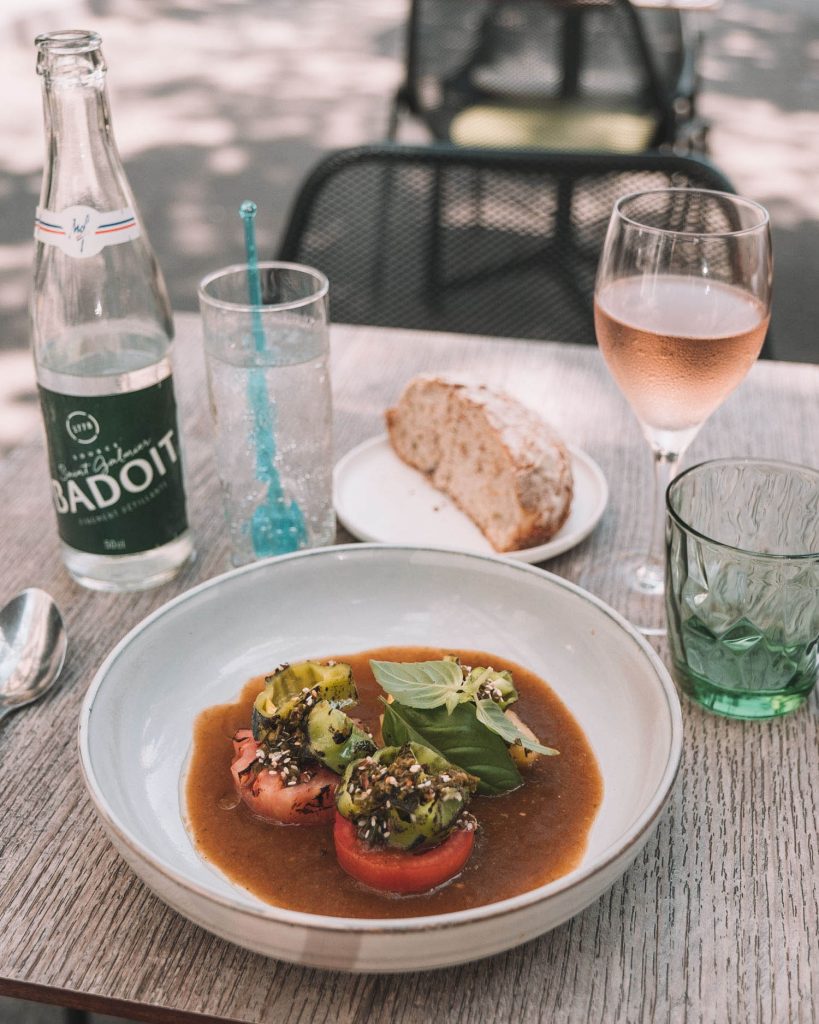
Meat Preparation in France
If you’re particular about meat doneness, be prepared for French cooking methods, which often leave meat relatively rare compared to American standards. What Americans consider rare is closer to medium rare in France. For reference, “à point” is equivalent to medium rare in the US. Familiarize yourself with these French meat terms:
- Bleu: Almost uncooked
- Saignante: Rare
- À Point: Medium rare
- Bien Cuit: Medium well


Quintessential French Dishes to Savor
- Steak Frites: A classic, featuring steak and fries, often accompanied by delectable sauce.
- Croque Monsieur: A grilled cheese sandwich, sometimes with added ham and gruyère cheese.
- Steak Tartare: Freshly prepared raw meat, usually considered safe but exercise caution.
- Quiche Lorraine: An omelette-style dish made with eggs, cream, cheese, and bacon.
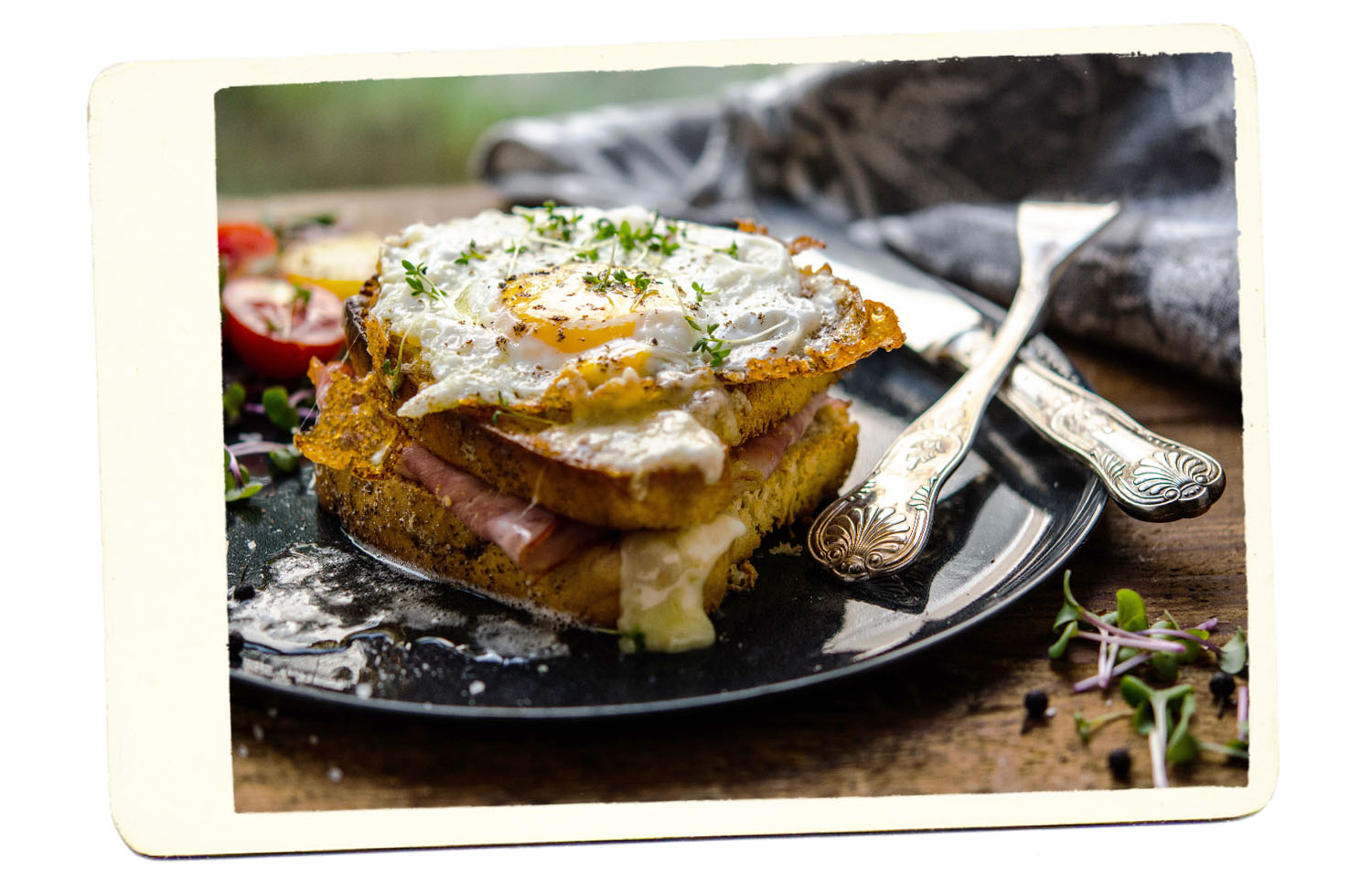
Customization and Special Requests
In France, it’s customary to order directly from the menu without special requests. Chefs put considerable thought into their dishes and may not appreciate alterations. However, if you have dietary restrictions or allergies, feel free to inquire.


Shopping for Produce
In France, especially in smaller towns, specialty shops are the norm. Different shops cater to wine, cheese, meat, and bread, each specializing in its respective domain. Don’t hesitate to seek recommendations from knowledgeable shopkeepers, as they are usually more than happy to assist.



On-the-Go Food in France
French dining culture doesn’t emphasize on-the-go food options. Although you can find some international fast-food outlets, they are not a part of the daily diet for locals. However, you can easily create a quick French picnic by visiting a local food shop for bread and cheese, offering a delightful and convenient meal.
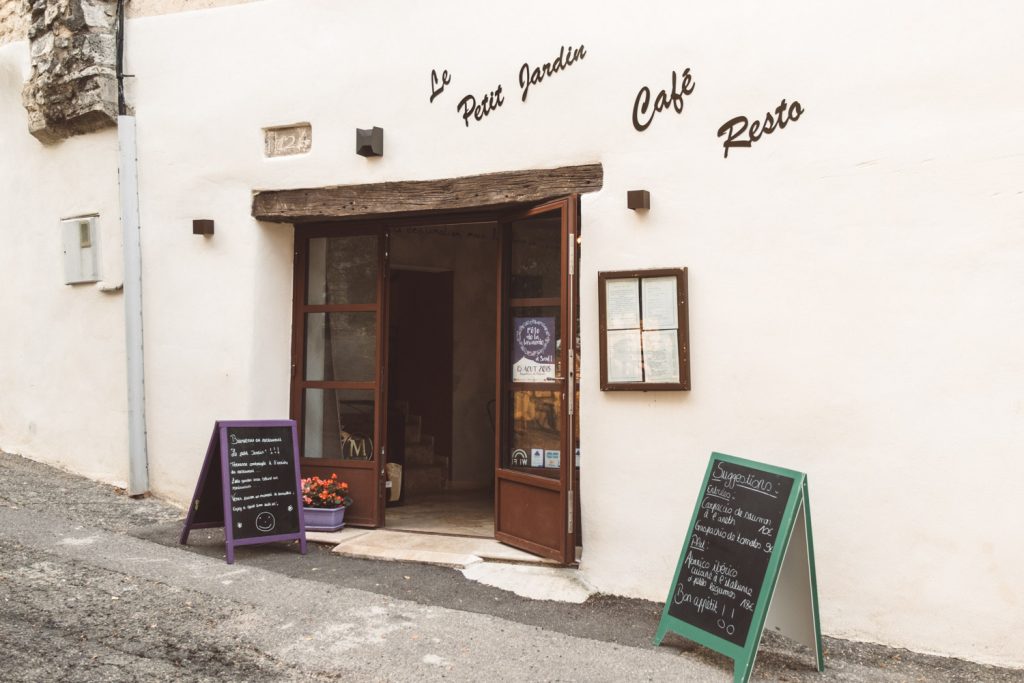

Overall Impression
Contrary to the stereotype of rudeness, my experiences in France have been overwhelmingly positive. Even if you don’t speak French fluently, a simple “bonjour” upon meeting someone, along with “merci,” “excusez-moi,” and “s’il vous plaît” where appropriate, will go a long way in fostering goodwill and appreciation.




